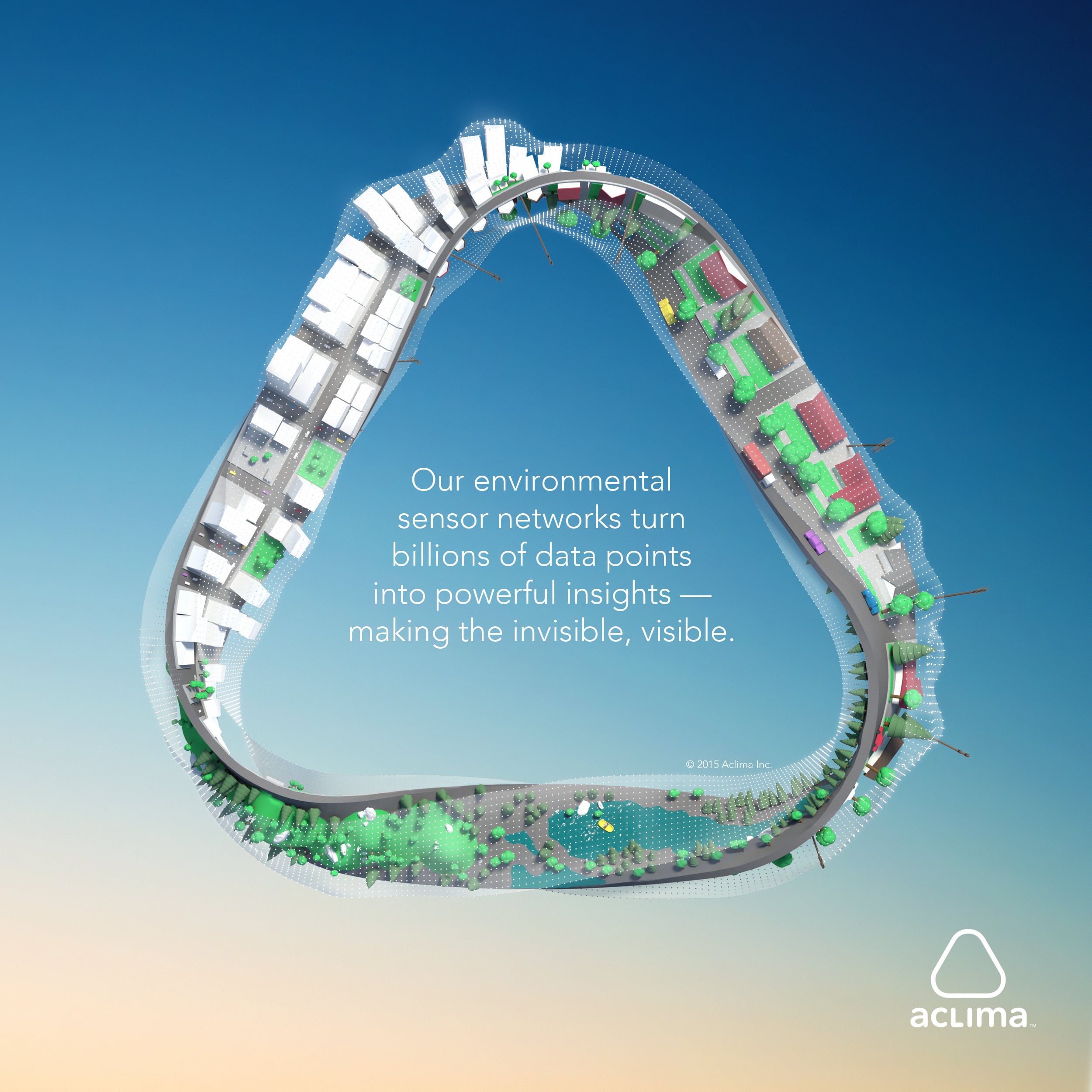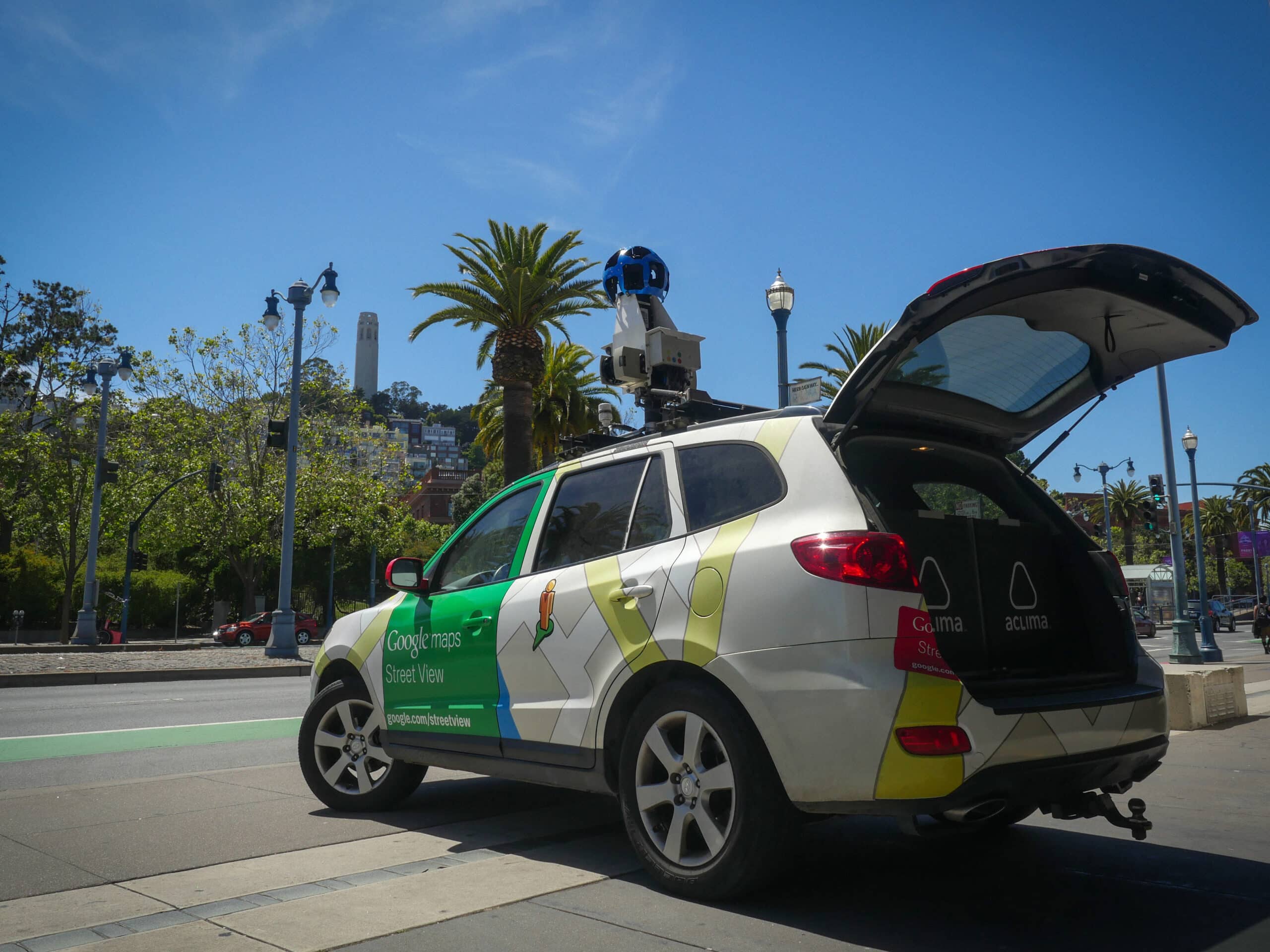Podcast: Davida Herzl, founder of Aclima
September 7, 2017
Podcast: Play in new window | Download
Subscribe: Apple Podcasts | RSS
You’ve likely heard me say, “You can’t manage what you can’t measure.” It’s meant to be a rallying call for the incorporation of data and technology into water management.
For Silicon Valley startup Aclima, “You can’t fight what you can’t measure.”
The company builds sensor networks that monitor environmental impacts at hyperlocal scales. Their sensors can be deployed on streets, inside vehicles and buildings, and more, to give clients a full picture of their carbon emissions and other pollutants. Grist called them “fitbits for the planet.”
Aclima is fighting a problem by quantifying impacts. That’s right up our alley.
Joining me this month on freshwater Talk is Davida Herzl, cofounder and CEO of Aclima.

Tell us about Aclima. How did the company get started? Where are you headed?
Aclima is a mission-driven technology company. We were founded on the thesis that planetary health and human health are interconnected.
I started Aclima because my cofounders and I were frustrated that the climate change conversation was about abstract timelines and scales. But really when you think about it the same emissions that are changing our climate are altering our health and yet we have very little information about the air around us and what’s in it. If we are going to manage emissions and manage what we’re putting into our environment, we need to be able to measure it. We’ve been creating what we refer to as an environmental intelligence platform. It combines low cost sensors to measure all of the pollutants that are regulated by the EPA and the core climate change greenhouse gases – combining those low cost small sensors with cloud computing, machine learning and big data analytics to really take the pulse of our environment in an entirely new way that helps us understand what we’re putting into the air and how it’s affecting us at a resolution and scale that hasn’t been possible before.

How did your background take you to the place where you are now designing fit bits for the planet?
I’m not a scientist or technologist by training. I grew up in a household where love of science and technology was just something we lived and breathed every day.
For me, technology is a tool. When you think about the types of tools that humanity needs now, there’s a lot of tool building in Silicon Valley to better share photographs with your friends, but there’s also a need to build tools to address humanity’s biggest problems.
When I graduated from law school, Inconvenient Truth was coming out and there was a new level of awareness about the challenges we were facing with sustainability at the time. The broader public awareness converged with my own personal interest in this linkage between human health and planetary health. I had grown up in my dad’s business where I was exposed to supply chains and factories – and that linkage between what we put into the world and how that affects us. I set off on a journey in 2004 to figure out the best way I could have a big impact. I was convinced that humanity needed new tools. That’s really about technology and bringing new technological tools into the world that help us create a more balanced existence with natural resources. By 2007, I was convinced that we needed radical transparency. We needed new forms of information that could make us collectively as a society more intelligent.
Who are the biggest clients and how to they use it?
We are a triple bottom line company and are working with some of the biggest companies in the world because there’s an understanding that there is both risk to be managed but also an opportunity to create healthier, more productive environments. Some of our biggest customers that we’ve talked about publicly have been Google and other big companies and agencies that have a need to manage environmental risk but who also see an opportunity in creating healthier facilities and work practices.

This is one of two Google Street View cars that were equipped with Aclima’s mobile sensing platform measuring black carbon particles, nitrogen oxide, and nitrogen dioxide between May 2015 and May 2016 in Oakland, CA. The system on the cars collected 2.7 million data points over 14,000 miles and 150 days.
What’s your strategic plan for water?
The reason we refer to our platform as an environmental intelligence platform is that we may be starting with air and climate emissions but the same methodologies we’ve been deploying for air and climate emissions can be applied to water.
We have the capability and interest in understanding water with the same level of granularity.
There’s a huge opportunity. There are a lot of similarities in measuring air as measuring water. What we care about is mapping water quality – not just at one spot but over large spatial scales and doing it over time.
What’s been one of the biggest challenges you’ve faced?
This gets talked a lot about in the technology community. The timeframes in which the investment community expects outcomes is not entirely aligned with how long it takes to actually solve really hard technology problems, especially when it comes to deploying technology into settings that are challenging from a policy and environmental context.
